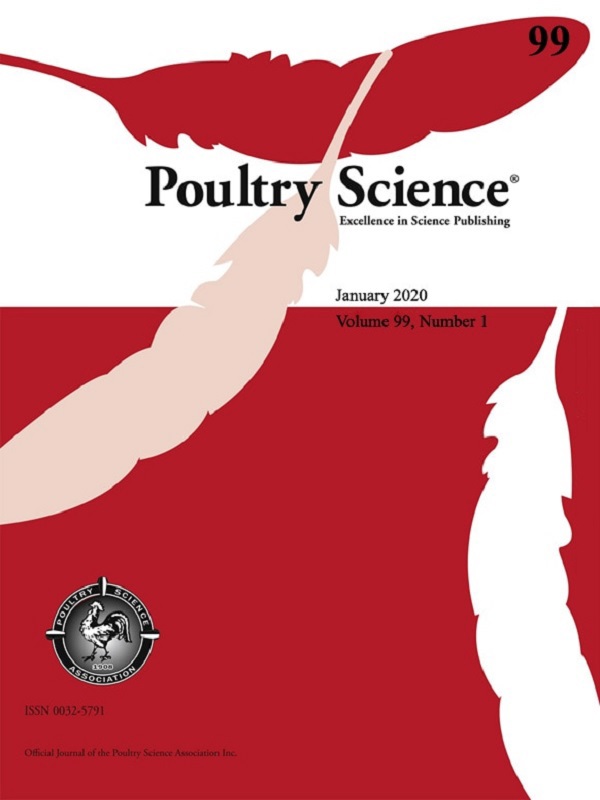Unraveling the cause of white striping in broilers using metabolomics
Gavin Boerboom,∗,1 Theo van Kempen,∗,† Alberto Navarro-Villa,∗ and Adriano Pérez-Bonilla∗
∗ Trouw Nutrition R&D Amersfoort, 3811 MH, The Netherlands; and
† Department of Animal Science, North Carolina State University, Raleigh, 27695, NC, USA
1 Corresponding author: Gavin Boerboom
Poult Sci. 2018 Nov 1;97(11):3977-3986. doi: 10.3382/ps/pey266.
- Poultry
- Broilers
- Open Access
- 2018

Abstract
White striping (WS) is a major problem affecting the broiler industry. Fillets affected by this myopathy present pathologies that compromise the quality of the meat, and most importantly, make the fillets more prone to rejection by the consumer. The exact etiology is still unknown, which is why a metabolomics analysis was performed on breast samples of broilers. The overall objective was to identify biological pathways involved in the pathogenesis of WS. The analysis was performed on a total of 51 muscle samples and distinction was made between normal (n = 19), moderately affected (n = 24) and severely affected (n = 8) breast fillets. Samples were analyzed using gas chromatographic mass spectral analysis and liquid chromatography quadrupole time-of-flight mass spectrometry. Data were subsequently standardized, normalized and analyzed using various multivariate statistical procedures. Metabolomics allowed for the identification of several pathways that were altered in white striped breast fillets. The tricarboxylic acid cycle exhibited opposing directionalities. This is described in literature as the backflux and enables the TCA cycle to produce high-energy phosphates through matrix-level phosphorylation and, therefore, produce energy under conditions of hypoxia. Mitochondrial fatty acid oxidation was limited due to disturbances in especially cis-5-14:1 carnitine (log2 FC of 2, P < 0.01). Because of this, accumulation of harmful fatty acids took place, especially long-chain ones, which damages cell structures. Conversion of arginine to citrulline increased presumably to produce nitric oxide, which enhances blood flow under conditions of hypoxia. Nitric oxide however also increases oxidative damage. Increases in taurine (log2 FC of 1.2, P < 0.05) suggests stabilization of the sarcolemma under hypoxic conditions. Lastly, organic osmolytes (sorbitol, taurine, and alanine) increased (P < 0.05) in severely affected birds; likely this disrupts cell volume maintenance. Based on the results of this study, hypoxia was the most likely cause/initiator of WS in broilers. We speculate that birds suffering from WS have a vascular support system in muscle that is borderline adequate to support growth, but triggers like activity results in local hypoxia that damages tissue.
Keywords: broiler, hypoxia, metabolomics, pectoralis major, white striping